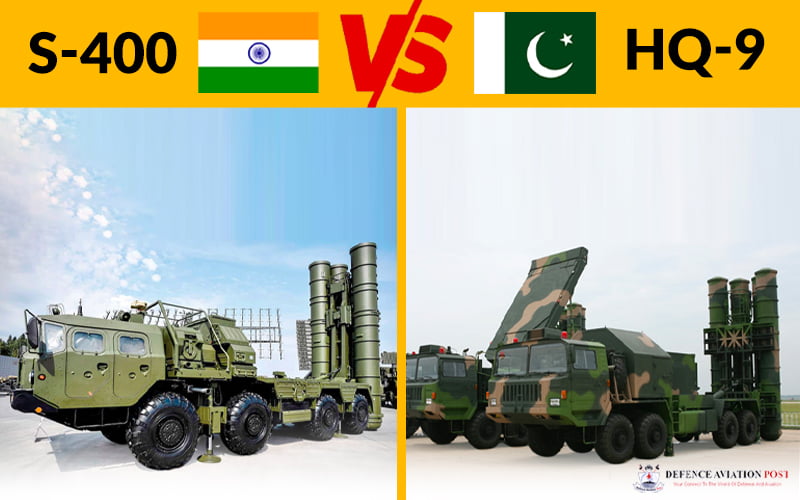Nuclear nations and their neighbours In an effort to improve their defence capabilities, India and Pakistan recently purchased surface-to-air missile systems. While India relied on the S-400, which was manufactured by Russia, Pakistan bought the HQ-9 from its steadfast ally China.
The purchase of air defence systems by the South Asian neighbours necessitates a comparison of both the S-400 and the HQ-9 due to their history of numerous wars and a situation that was practically warlike three years ago.
The S-400 seems more capable and potent than the HQ-9 from a distance and after looking through the technical details.
The HQ-9’s maximum range is only 100–300 km, compared to the S-400’s tracking range of up to 600 km. One of the most cutting-edge air defence systems, the S-400 is equipped with missiles that can reach targets up to 400 kilometres away.
Pakistan’s HQ-9 has an operational range of 120 kilometres. However, some of its variations have a 300 km range. It is 6.8 metres long and 2,000 kg in weight.
The HQ-9 is capable of combating threats from ballistic missiles, guided bombs, and helicopters.
The S-400 that India owns is an updated model of the S-300, which was manufactured in Russia and is thought to be the most sophisticated one. It is capable of firing 36 bullets at once.
China first created the HQ-9 in 2001, and the S-400 was unveiled in 2007.
The S-400 is seen as being superior to the HQ-9 in a number of ways.
India is deploying the “Russian Shield” around its borders.
Thanks to its contemporary radars, the S-400 can anticipate any oncoming threats.
The missiles mounted atop the S-400 can be fired from its 12 launchers up to a height of 30 kilometres, and it can track 100–300 targets simultaneously.
